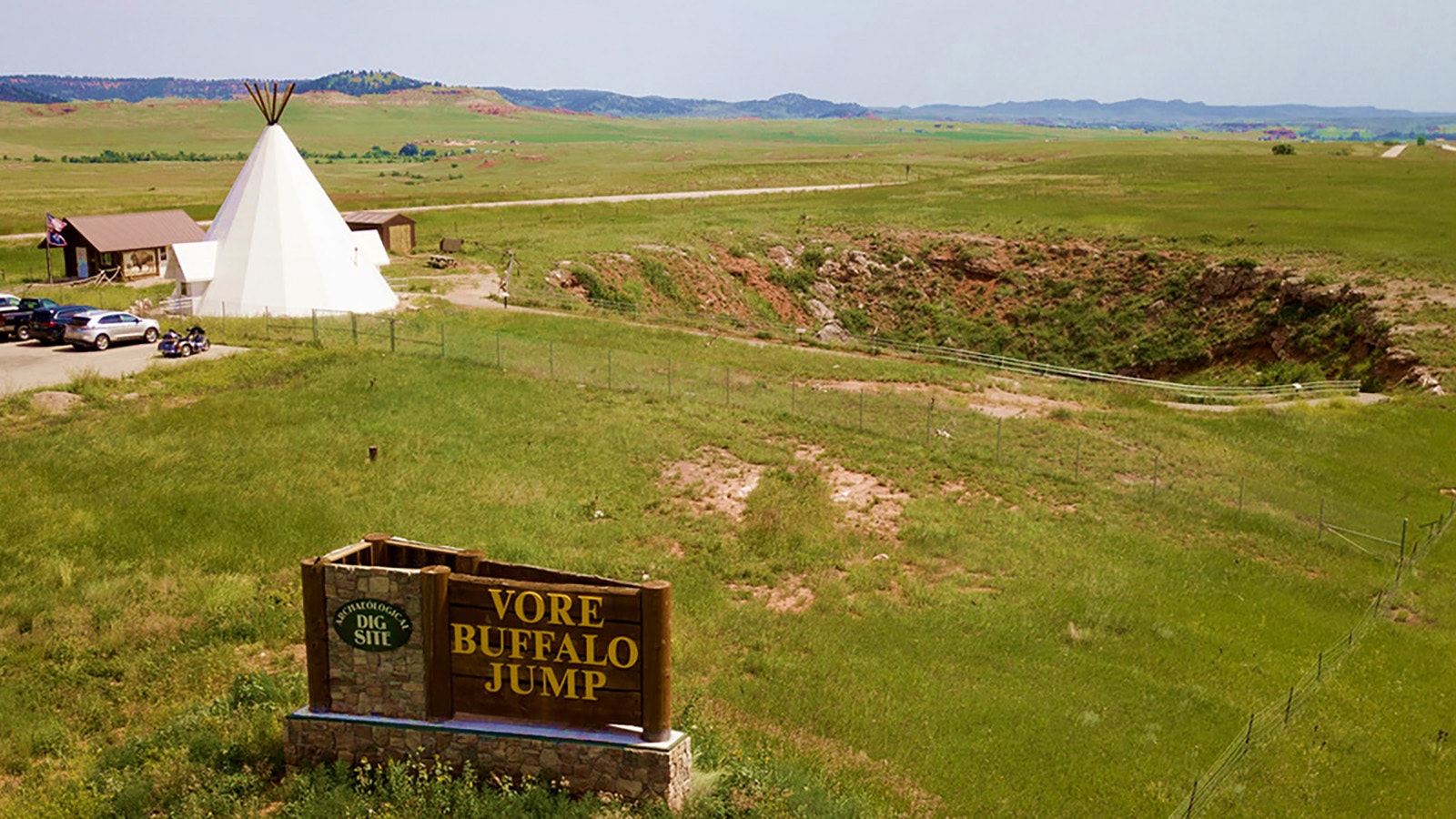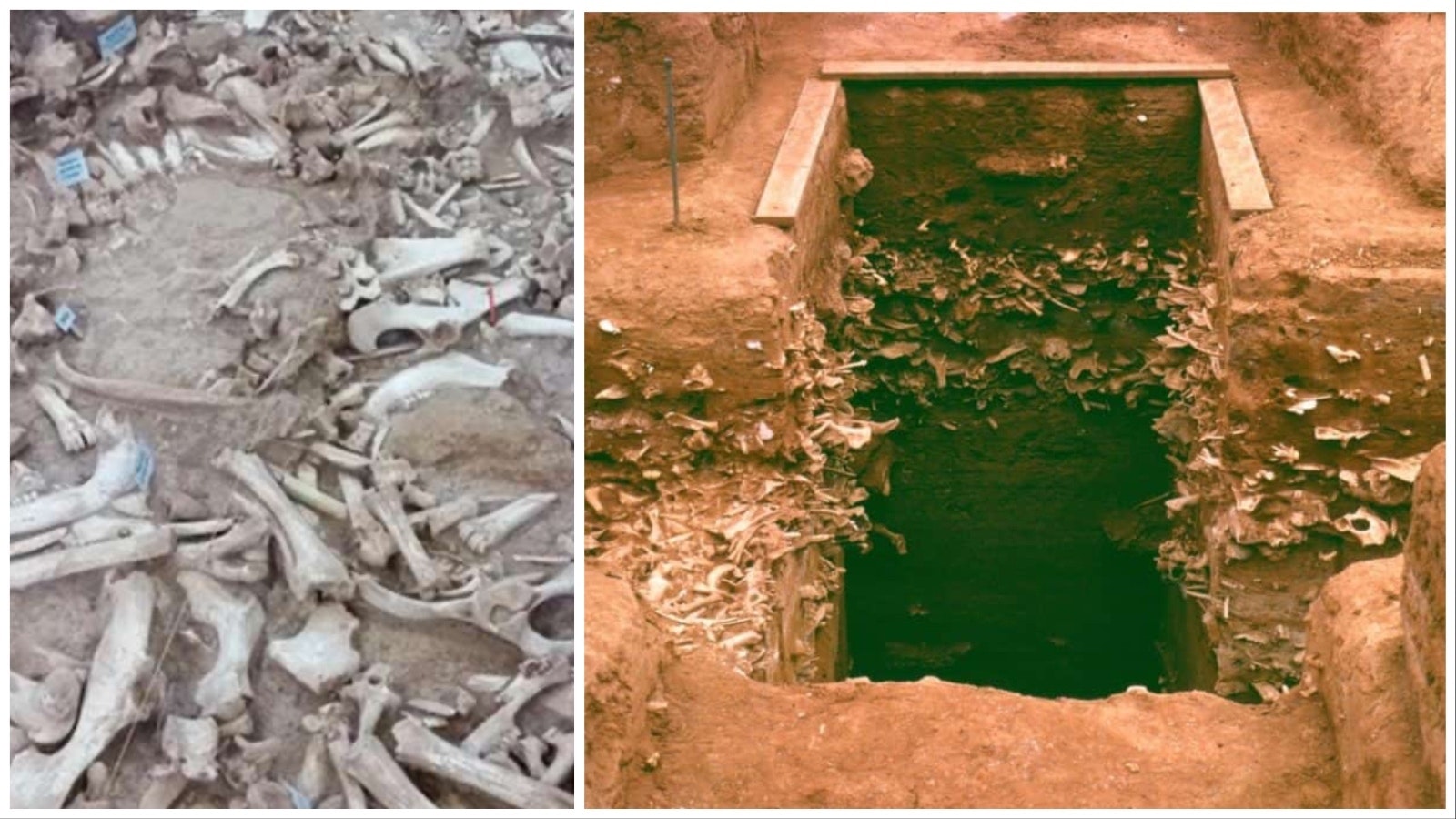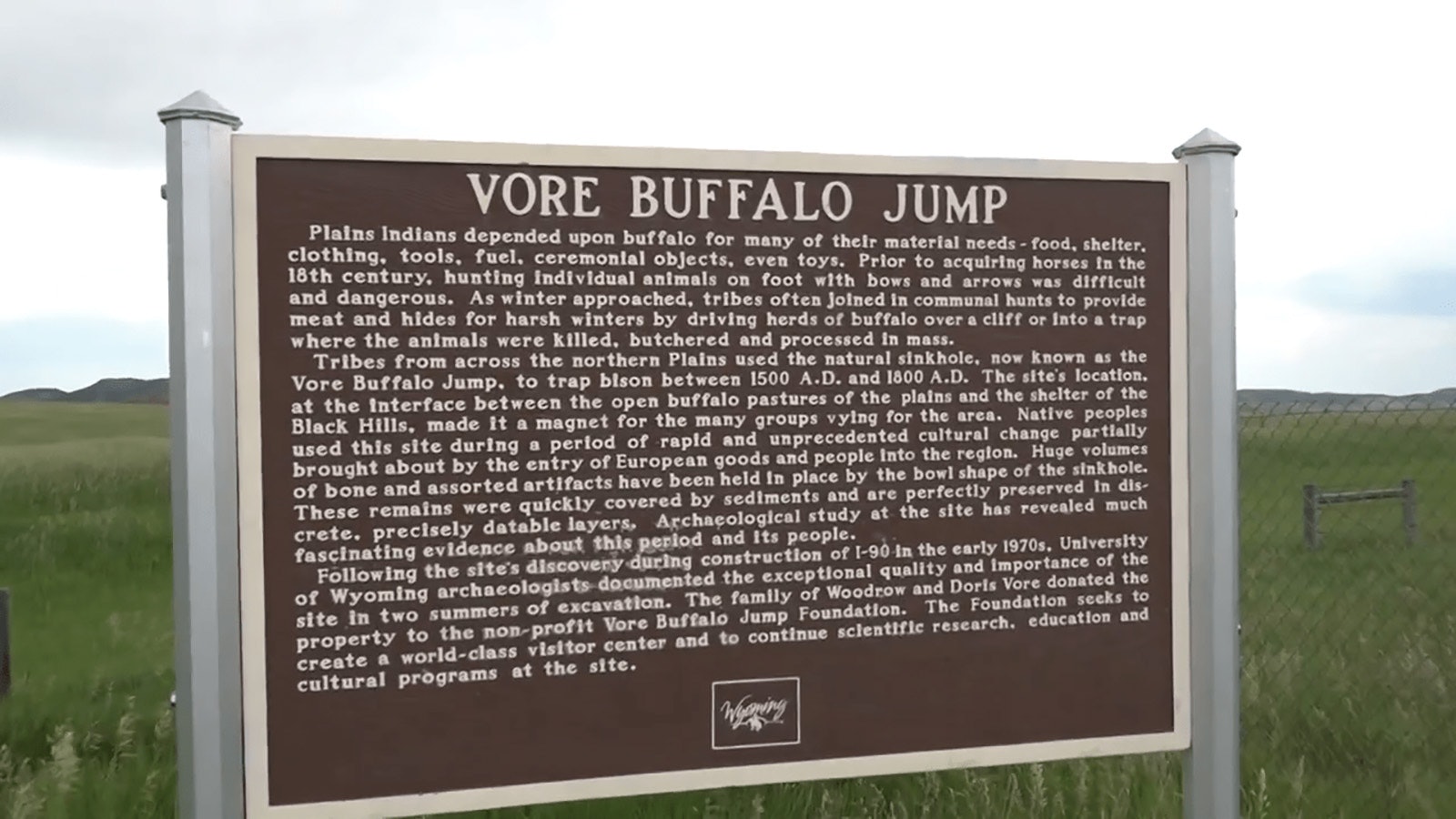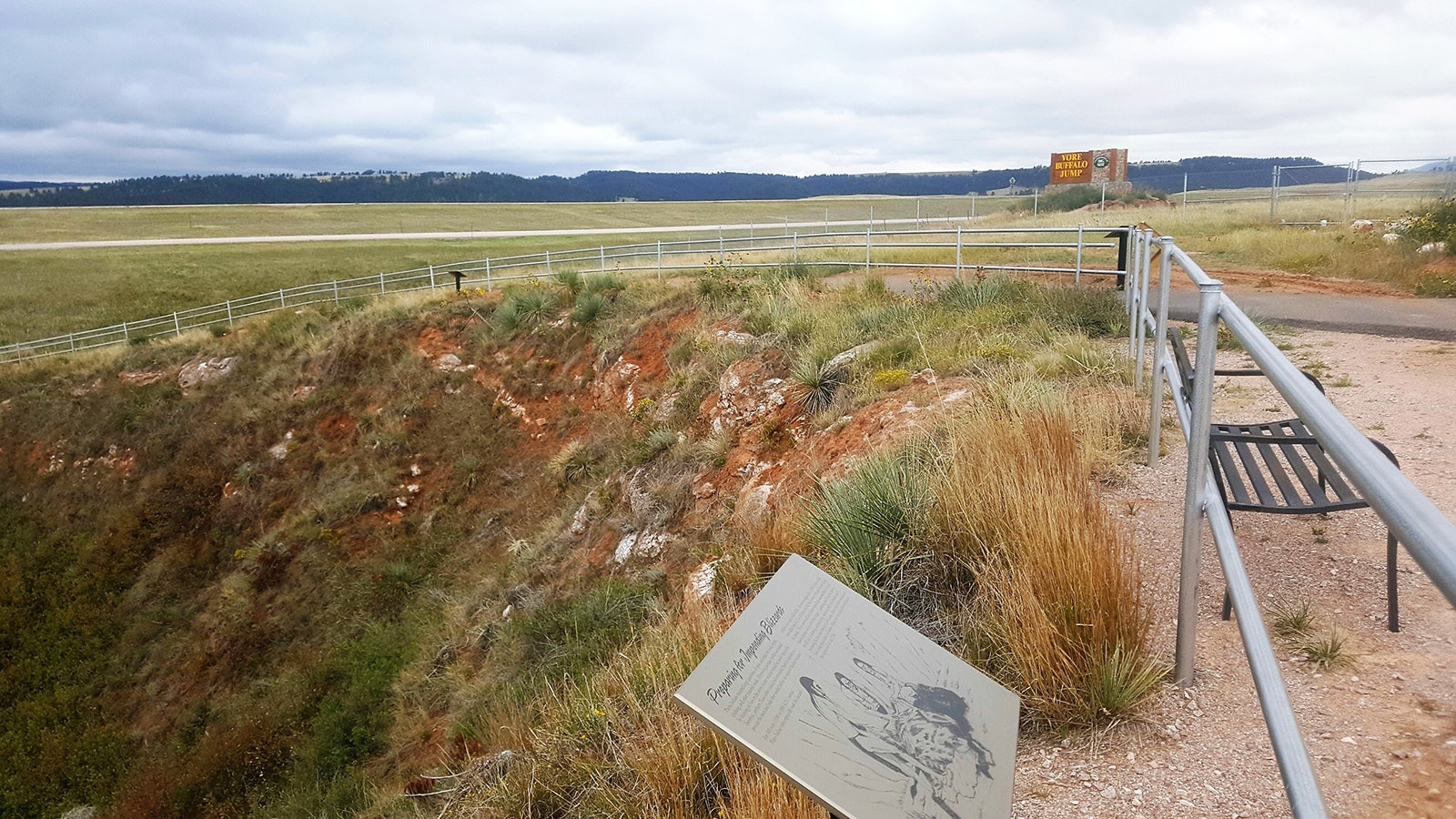Anyone who’s driven Interstate 90 in northeast Wyoming to visit Devils Tower or the annual Sturgis Motorcycle Rally couldn’t miss the signs for the Vore Buffalo Jump.
Most drive past, but likely not without thinking, “What the heck is a buffalo jump?”
Put simply, it’s a big hole American Indians would herd buffalo into, then kill them in mass quantities. Think shooting fish in a barrel on a much larger scale.
The National Historic Site, named for the family that owned the land where it was uncovered, is by all accounts one of the most spectacular examples how a buffalo jump and a significant archeological discovery that’s only begun to reveal its secrets.
The Vore Buffalo Jump Foundation calls it "the Fort Knox" of buffalo traps.
A New Discovery
From a scientific standpoint, the Vore Buffalo Jump is a relatively new discovery.
For as long as anyone can remember, the area was just a giant sinkhole in the landscape about 200 feet across and 40 feet deep. The land was acquired by the Vore family when it homesteaded there in the 1880s.
It wasn’t until 1969 that it was discovered the giant sinkhole was much more than that.
As engineers planned to build Interstate 90 across northern Wyoming, they made a road into the sinkhole to test the gypsum base of the ground to see how stable it was for the interstate. There, they discovered the bison bones.
A lot of them.
In fact, it’s estimated the Vore Buffalo Jump contains the bones of 20,000 buffalo that were herded into and slaughtered there by Plains Indians. The site also has produced numerous other tools used to kill and butcher the bison, along with arrowheads and other artifacts, even toys.
“It’s not just a pile of bones, it’s a history book,” Gene Gade, director of the Vore Buffalo Jump Foundation, says on the foundation’s website.
A successful hunt could trap and kill 225 buffalo or more, and the stories of these hunts can be unearthed in the hole as the bones from the hunts build up in layers over each other.
Why Vore Is Special
While there are other examples of buffalo jumps across the United States, the one in northeast Wyoming is an archaeological gem because it sat undisturbed for centuries before its recent discovery.
It’s considered the most well-preserved bed of bones in the Northern Hemisphere.
The University of Wyoming began exploring the site in 1971-72, and the Vore family donated the land to the university in 1989 so it could be used for education and research. Along with visitors, it hosts as many as 1,000 schoolchildren a year.
During the summer, the site is open for 8 a.m. to 6 p.m. daily.
Want to know what the heck something is in Wyoming? Ask Managing Editor Greg Johnson and he’ll try to find out. Send your “What the heck is …” questions to him, along with high-quality horizontal photos of whatever it is to Greg@CowboyStateDaily.com.
Greg Johnson can be reached at greg@cowboystatedaily.com.









